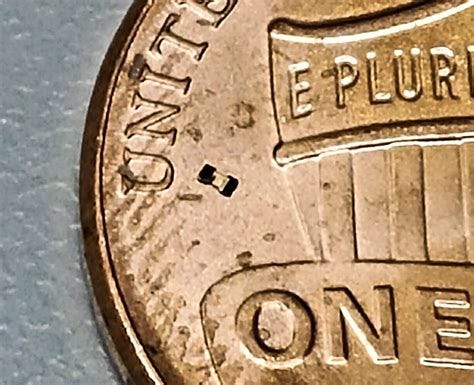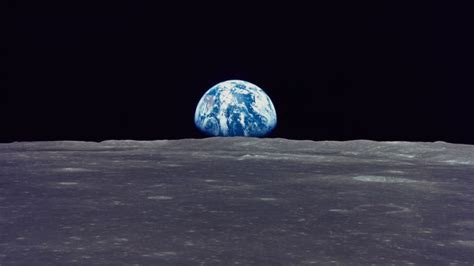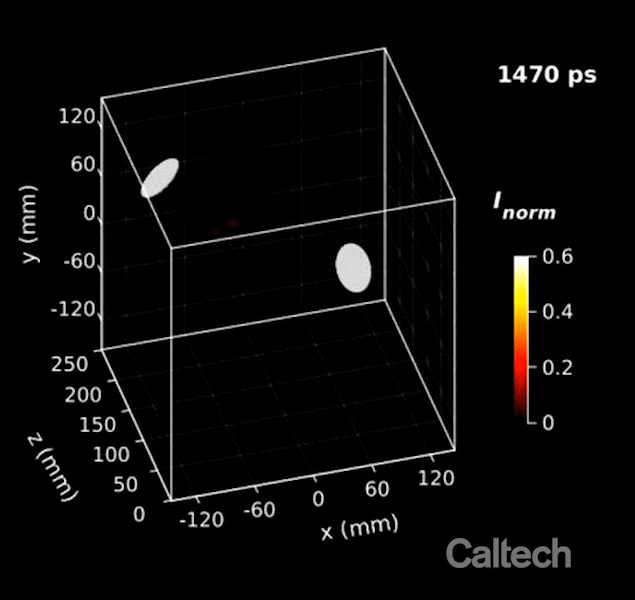This week we look at a new mixed reality surgery where the surgeon uses holograms to aid in the operation. We also examine Microbots, an app from Microsoft that aids the blind and a 3D camera that will take more photos per second than even the most dedicated Instagram Influencer. Finally, have you ever wanted to call home when you are visiting the moon? Soon you will be able to.
Mixed Reality Surgery
A Brisbane based Orthopedic Surgeon has completed a complicated shoulder reconstruction using holograms to guide the operation.
Engineers created 3D images of the shoulder of a young patient that had suffered a traumatic dislocation. Those images were converted into holograms which Dr Ashish Gupta could see in the operating theater while wearing the headset. The holograms helped guide the operation by enabling Dr Gupta to view hidden parts of the patient’s anatomy.

The surgery is part of a clinical trial at Greenslopes Private Hospital. The system will change the way that surgeons operate, train and up skill. Each operation is developed specifically for the patient. Additional applications may be found in neurological, spinal and vascular surgery.
Microbots
Researchers at Purdue University have developed a microscopic rectangular robot for use inside the human body. The microbot can collect tissue samples and deliver drugs.
The bots are the size of a few human hairs and can rush through the human colon by jumping around. They can deliver drugs to exactly where it is needed. Too small to use a battery the bots are controlled by external magnetic fields.

The colon was chosen as the testing ground for the bots as it is easy to enter and exit. The researchers used ultrasound to follow the bots’ path through the body. Initially tested on mice and pigs (pigs’ colons are very similar to human colons) the microbot was able to carry and release a drug payload in a vial of saline.
Seeing AI
Microsoft has released a free app called Seeing AI. Designed to help the blind, the app can
read short text
provide audio guidance to help capture a printed page
gives beeps to help locate barcodes and then scans them to identify products
recognizes friends and describes people around you, including their emotions
an experimental feature describes the scene around you
identifies currency bills when paying cash
generates an audible tone corresponding to the brightness in your surroundings
describes the perceived color and
reads handwritten text
The app is available in English, Italian, Turkish, Dutch, German, French, Japanese, Spanish and Brazilian Portuguese. The app can be downloaded from the App Store.
The Moon is calling
Nokia is currently building a 4G mobile network for NASA that will eventually be installed on the moon. The goal is to have the network up and running by 2030. NASA wants anyone on the moon to be able to navigate their area, stream video messages and remotely steer rovers and robots.

The 4G network is part of a series of investments that NASA has made to prepare for potential long term human habitation on the moon. The moon will most likely operate as a staging post for missions to Mars. Next time you are on the moon please give me a call but don’t try and reverse the charges.
Ultrafast 3D camera
A new 3D camera can record at a speed of up to 100 billion frames per second. A good mobile phone camera will capture 60 frames per second. The camera was developed at Caltech. It uses one lens however it functions as two halves. This provides two views with a small offset. The two channels mimic our eyes. A computer transforms the data into a single 3D movie.

The camera can see the polarization of light waves. This is well beyond the capacity of human eyes. The inventor, Lihong Wang, hopes that the camera will help researchers better understand rapid changes in physical states such as the physics of sonoluminescence. A phenomenon in which sound waves create tiny bubbles in water or other liquids. As the bubbles rapidly collapse after their formation, they reach such a high temperature that they emit a burst of light. Physicists find this very mysterious and it happens so quickly it is very difficult to investigate.
Previously Wang has previously developed a flat image camera that can take 70 trillion photos per second. Fast enough to see light travel.
Paying it Forward
If you have a start-up or know of a start-up that has a product ready for market please let me know. I would be happy to have a look and feature the startup in this newsletter. Also if any startups need introductions please get in touch and I will help where I can.
If you have any questions or comments please email me via my website craigcarlyon.com or comment below.
I would also appreciate it if you could forward this newsletter to anyone that you think might be interested.
Till next week.


